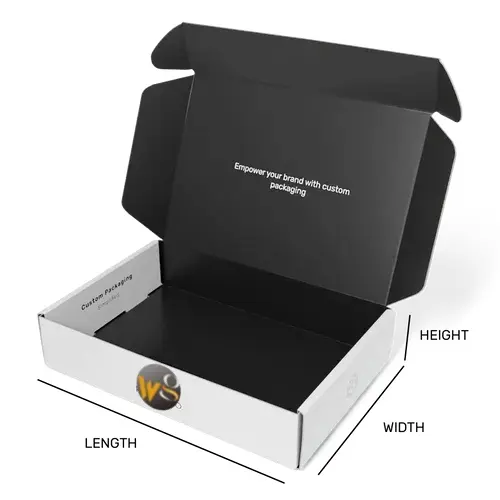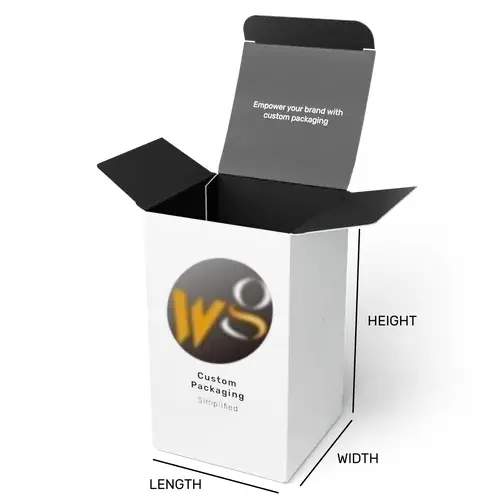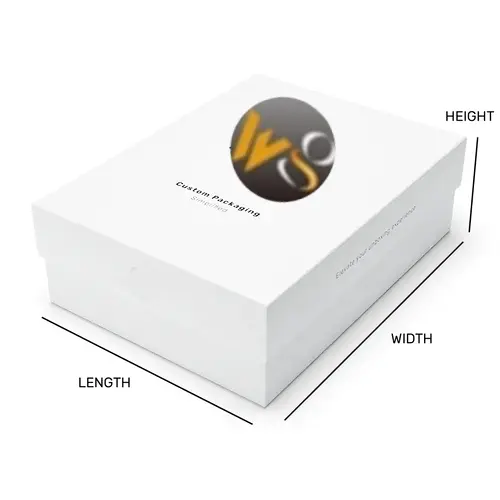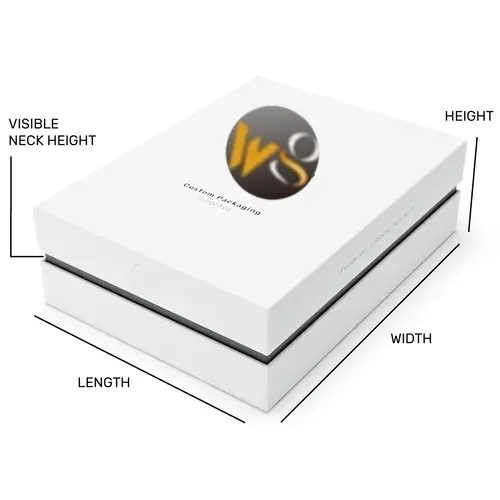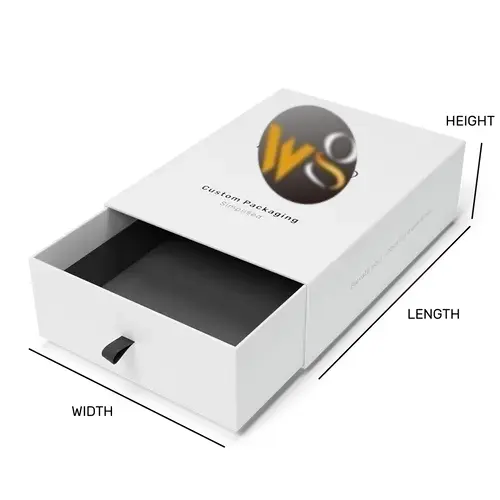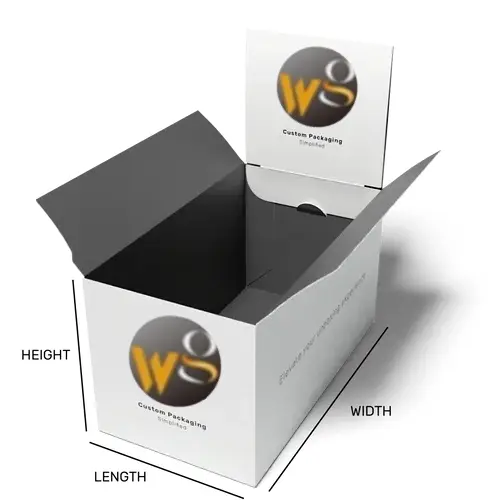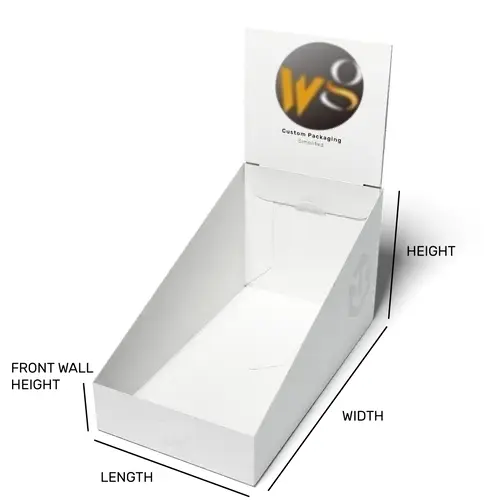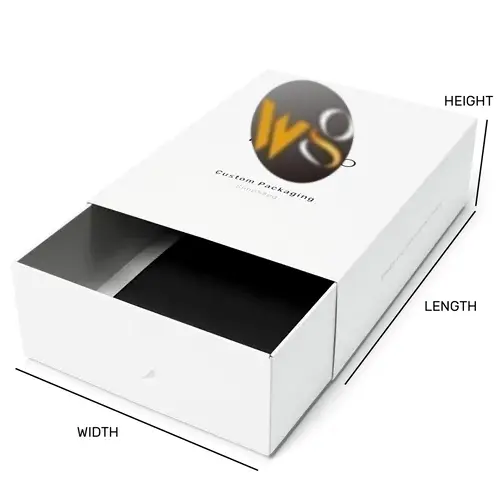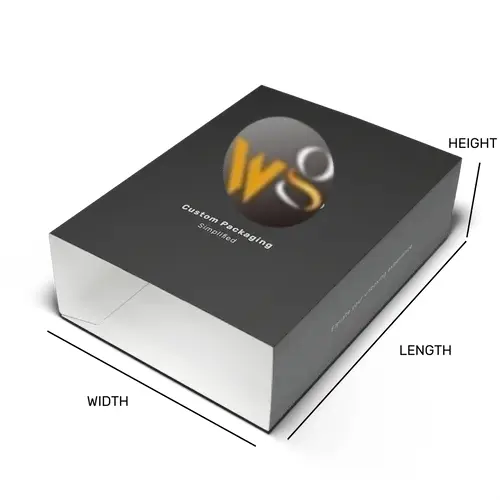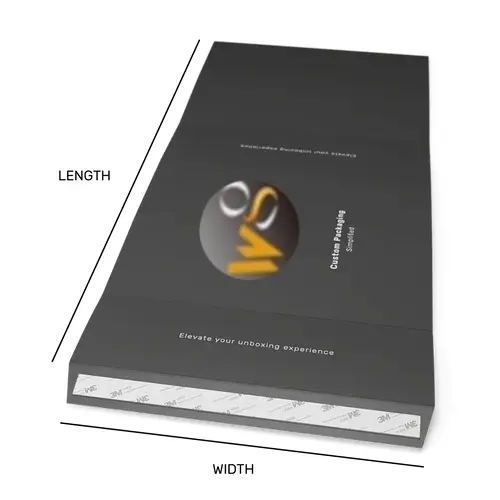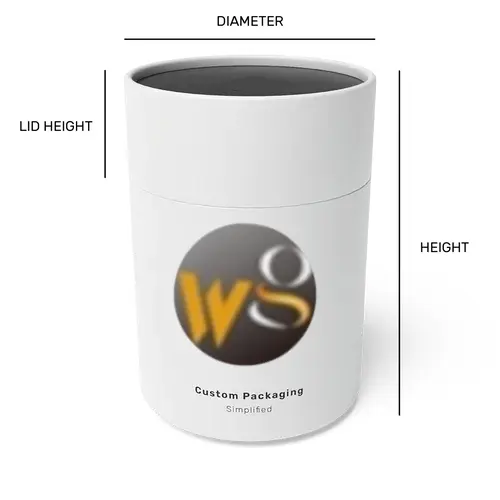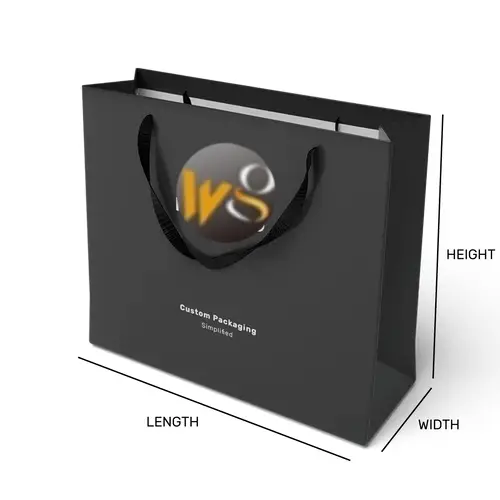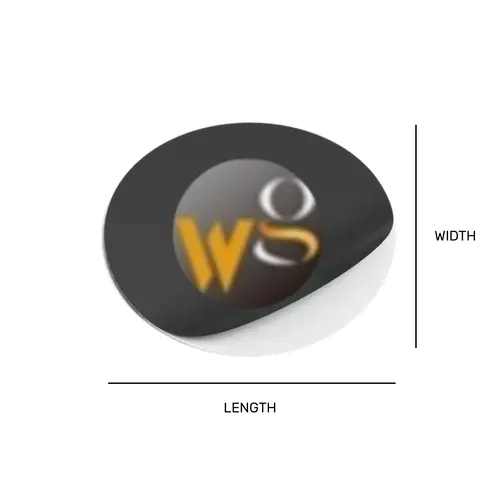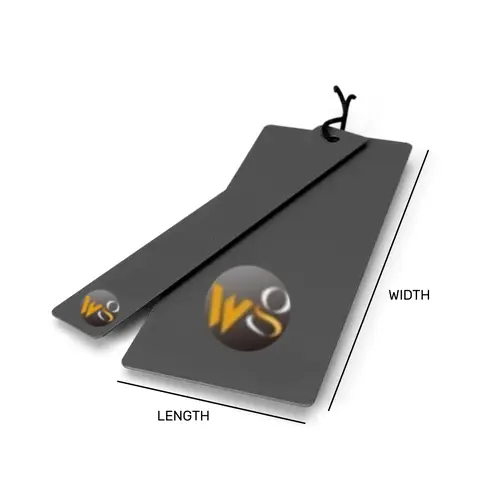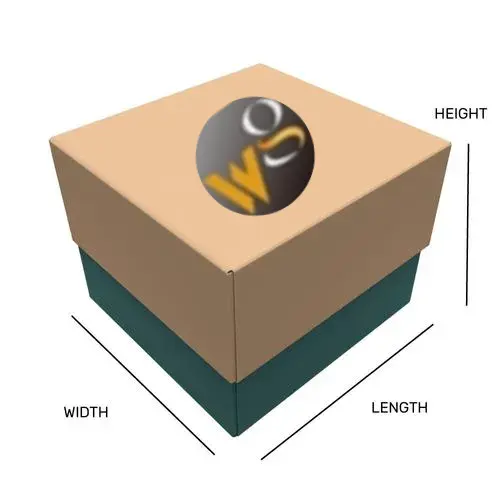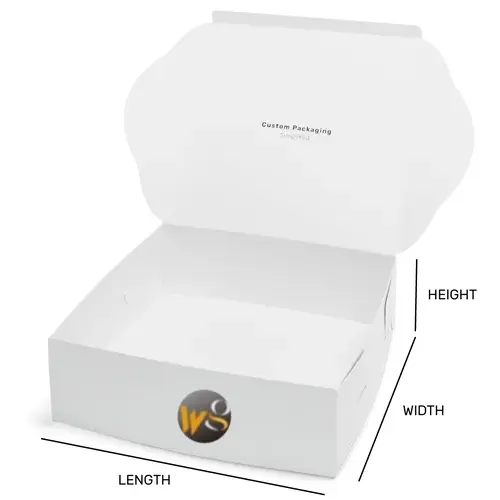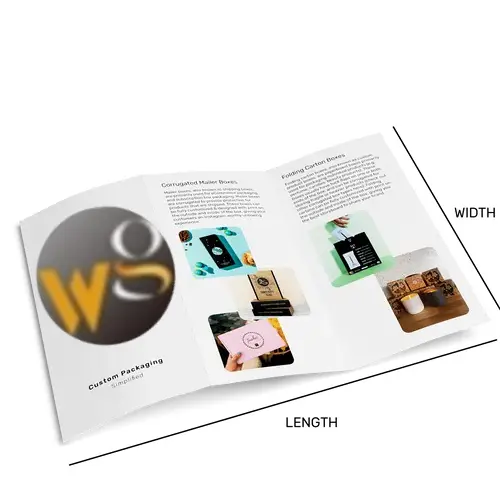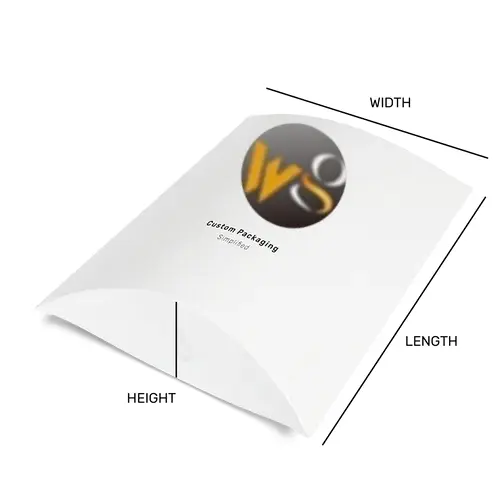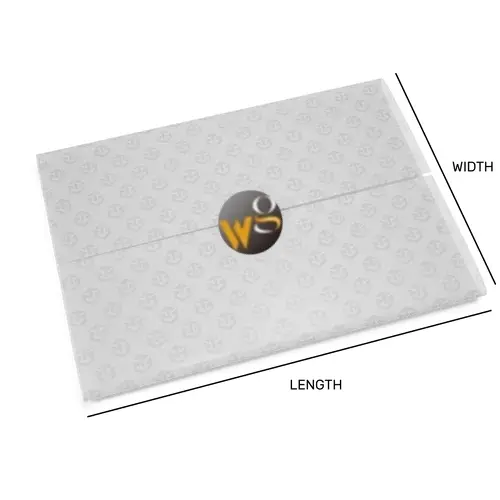Introduction
Accurate measurement of box and packaging dimensions is crucial for ensuring efficient shipping, storage, and product protection. In this guide, we’ll walk you through the step-by-step process of measuring box dimensions accurately, along with tips for common packaging types.Measuring Box Dimensions
- Length (L): Measure the longest side of the box from one edge to the opposite edge.
- Width (W): Measure the shorter side of the box from one edge to the opposite edge.
- Height (H): Measure the distance between the top and bottom of the box.
Measuring Irregular-Shaped Boxes
For boxes that are not perfectly rectangular, measure the widest points for length and width, and the highest point for height.Measuring Round or Cylinder-Shaped Packaging
- Diameter (D): Measure the distance across the widest point of the circle.
- Height (H): Measure the distance from the top to the bottom of the cylinder.
Measuring Envelopes and Flat Packaging
- Length (L): Measure the longest side of the envelope.
- Width (W): Measure the shorter side of the envelope.
Tips for Accurate Measurements
- Use a sturdy ruler or measuring tape.
- Measure in inches or centimeters for accuracy.
- Round up measurements to the nearest whole number.
- Measure each dimension twice to ensure accuracy.
Calculating Box Volume
- Calculate the volume of the box or package by multiplying the length, width, and height together (V = L × W × H). This will give you the total cubic inches or cubic centimeters of the box.
- For irregular shapes, use the formula for the volume of the specific shape.
Conclusion
Accurate measurement of box and packaging dimensions is essential for effective shipping and storage. By following these guidelines, you can ensure that your packages are correctly sized, leading to cost savings and improved efficiency in your shipping operations.